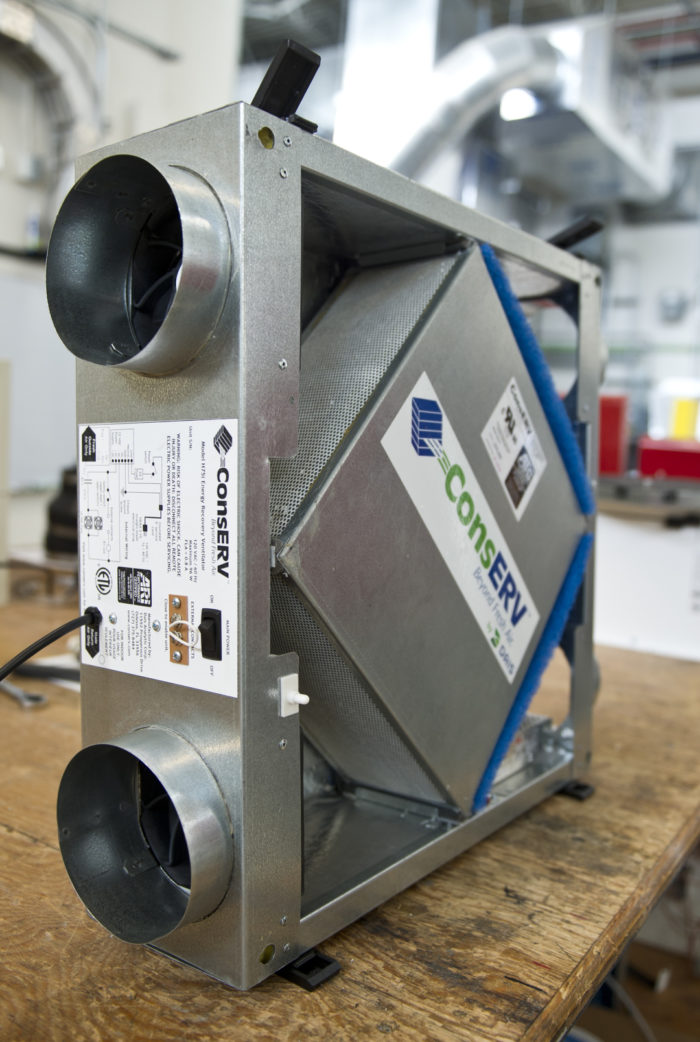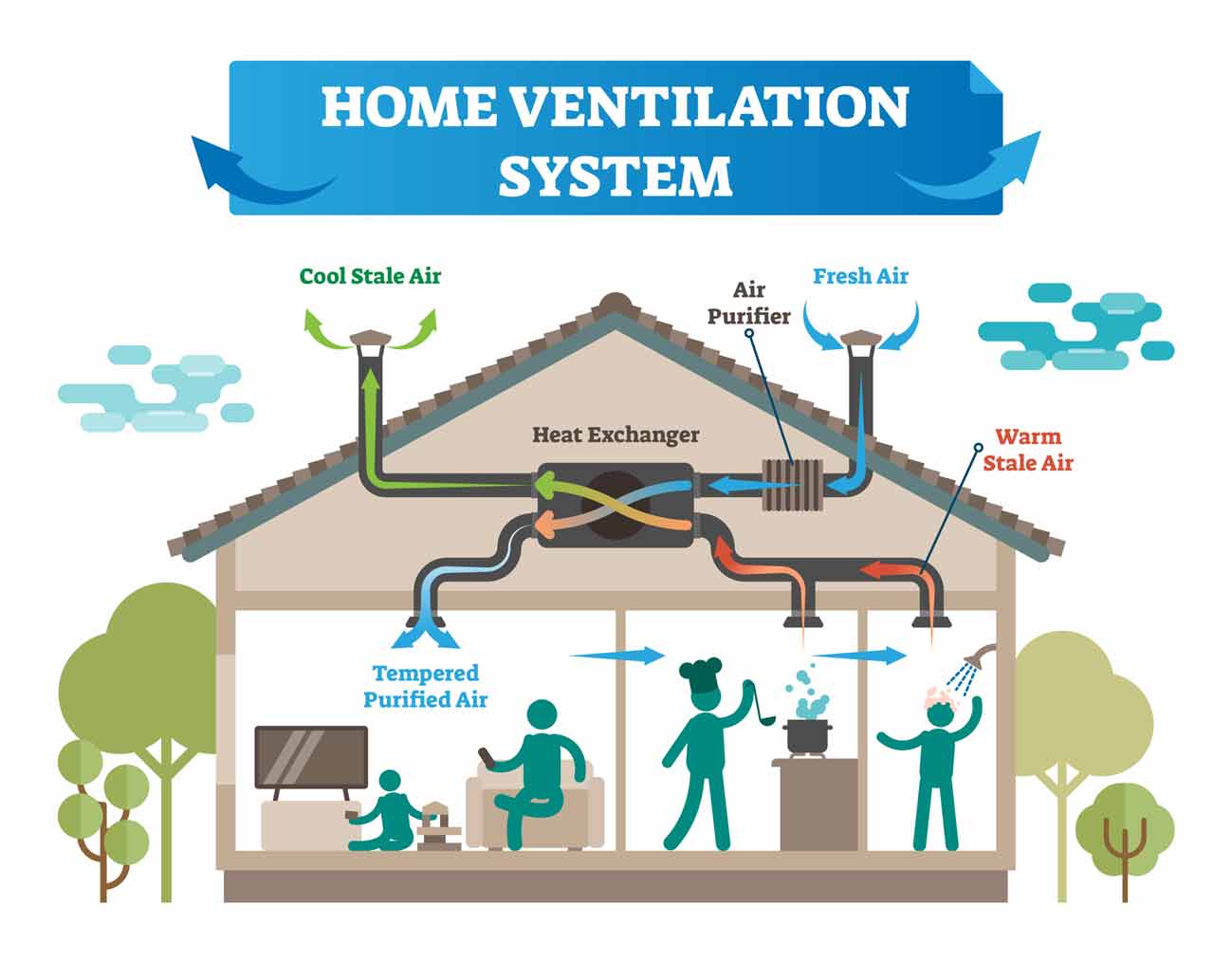Discovering the Perks of Heat Recovery Ventilation for Energy Efficiency in Residences
Heat Recovery Ventilation (HRV) systems offer homeowners a functional method to enhancing power performance. By recovering warmth from outgoing air, these systems can considerably lower heating and air conditioning prices. In addition, they supply a stable supply of fresh air, boosting indoor air quality and convenience levels. As house owners think about lasting options, recognizing the subtleties of HRV systems comes to be progressively crucial. What factors should one assess before making such a financial investment?
Understanding Heat Recovery Ventilation Systems

How HRV Boosts Indoor Air Quality

Energy Cost Savings: The Economic Advantages of HRV
Maximizing power effectiveness, heat recovery ventilation (HRV) systems use considerable monetary benefits for property owners. By recouping and recycling warmth from exhaust air, HRVs noticeably decrease home heating and cooling costs. This technology can lead to energy financial savings of up to 30%, depending upon climate and use patterns. Home owners typically see reduced energy bills shortly after installation, making HRVs an economically sensible financial investment gradually. In addition, numerous areas provide incentives or rebates for energy-efficient upgrades, better boosting the financial appeal. As power costs remain to increase, the cost-effectiveness of HRVs comes to be progressively clear. On the whole, the consolidation of HRV systems not only advertises energy efficiency yet also contributes to long-lasting economic cost savings for houses.
The Environmental Impact of Heat Recovery Ventilation
A considerable ecological benefit of heat recovery ventilation (HRV) systems exists in their ability to decrease general energy consumption. By redeeming warm from exhaust air and transferring it to incoming fresh air, HRV systems minimize the requirement for energy-intensive home heating and cooling approaches. This decrease in power demand adds to reduce greenhouse gas exhausts, as less fossil gas is called for to maintain comfortable interior temperature levels. In addition, HRV systems enhance indoor air top quality by successfully exchanging stagnant air with fresh outdoor air, lowering dependence on mechanical air conditioning systems that can hurt the setting. Generally, the implementation of HRV systems check my reference sustains lasting living techniques and aligns with worldwide efforts to battle environment modification by advertising energy effectiveness in household setups.
Picking the Right HRV System for Your Home
Just how can home owners ensure they select the ideal heat recovery ventilation (HRV) system for their needs? Initially, they need to assess their home's dimension and format, as these aspects affect air flow requirements. Next off, evaluating the system's efficiency scores is crucial, as higher ratings show far better efficiency and energy cost savings. Home owners need to additionally consider setup and maintenance expenses, contrasting different brand names and models for value. Furthermore, it is necessary to assess noise levels, as some systems operate even more quietly than others. Consulting with cooling and heating experts can give customized recommendations based upon particular home problems. Ultimately, analyzing individual testimonials and service warranties can help in making an educated decision, making sure that the chosen HRV system effectively enhances interior air top quality and energy efficiency.
Frequently Asked Concerns

Just how Commonly Should I Tidy or Preserve My HRV System?
The regularity of cleansing or maintaining a warm recuperation air flow (HRV) system usually relies on usage and environmental variables. Generally, it is advisable to do upkeep every six months to guarantee peak performance and air quality.

Can HRV Systems Help In Reducing Moisture Levels Inside Your Home?
HRV systems can successfully reduce interior moisture levels by trading stale, humid air with fresh, drier air from outdoors. HRV Heat Recovery Ventilation. This procedure assists keep a balanced interior atmosphere, enhancing convenience and protecting against moisture-related concerns
What Is the Lifespan of a Normal HRV System?
The life-span of a typical heat recovery ventilation (HRV) system differs, normally lasting in between 10 to 15 years. Normal maintenance can expand its performance and functional life, making sure peak efficiency throughout its use duration.
Exist Any Type Of Noise Worries With HRV Equipments?
Sound interest in HRV systems can occur, particularly from fan operation. Nonetheless, lots of contemporary devices are created to reduce audio levels, guaranteeing they run quietly while maintaining performance, which attends to potential disturbances click reference in living settings.
Can I Set Up an HRV System Myself, or Do I Required a Professional?
The private best site contemplated whether to mount the heat recovery ventilation (HRV) system personally or employ a professional. Generally, while DIY setup is feasible, proficiency warranties correct functionality and compliance with regional building regulations, enhancing system performance.